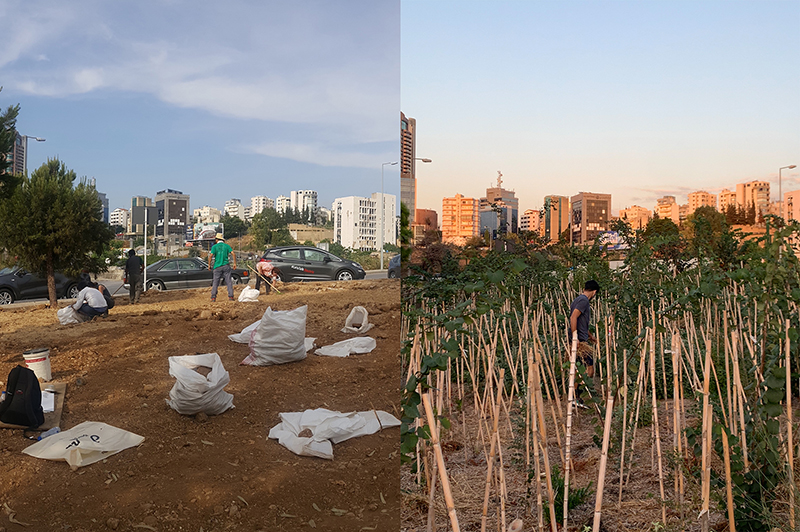In This Issue
By Amy Nelson

We are now nine months into a period the United Nations has declared the “Decade on Ecosystem Restoration,” a ten-year, global push to halt and reverse the decline of the natural world and massively scale up restoration. If ever we needed such an effort, it is now. The dire tone and alarming findings of the latest report from the Intergovernmental Panel on Climate Change make that clear. According to the report, “protecting and restoring ecosystems” is not just recommended, but essential for the resilience of the biosphere.
With that formidable challenge in mind, we thought it appropriate to glance back and acknowledge what we have learned about the science and practice of ecological restoration and, more importantly, look ahead and consider how that knowledge and momentum can propel us forward to a more just, biodiverse, sustainable, and alas, survivable future.
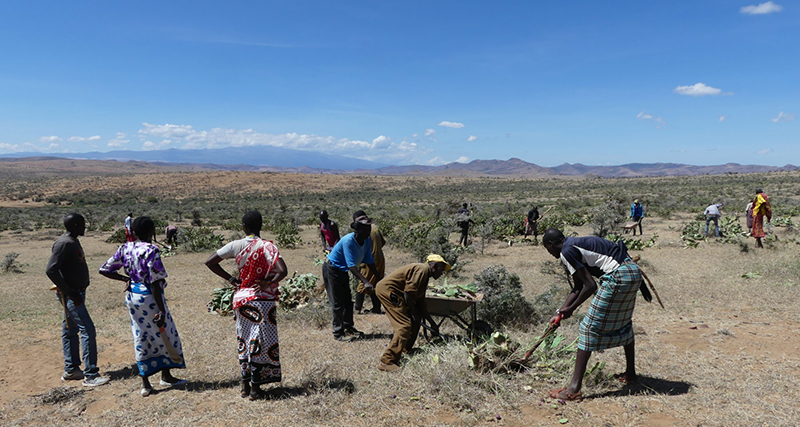
We are honored to have partnered with the Society for Ecological Restoration (SER) to produce this special issue of Leaf Litter. With its 4000+ members across the globe, SER is advancing the science, practice, and policy of ecological restoration, and we are delighted to highlight their incredible work in our Nonprofit Spotlight.
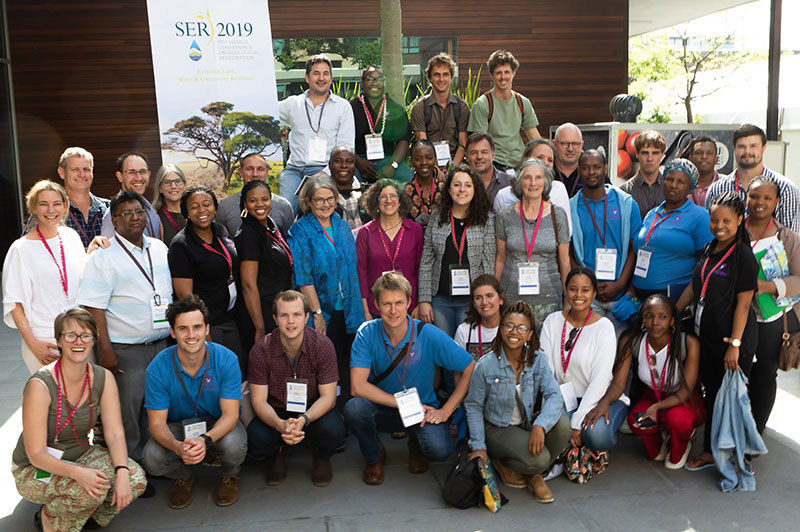
Earlier this month, we collaborated with SER to convene an Expert Panel to discuss ecological restoration’s past and future. Our panelists, practitioners and researchers who have experienced the field’s evolution over their storied careers, candidly shared their observations, advice, and hope for the UN Decade and beyond.
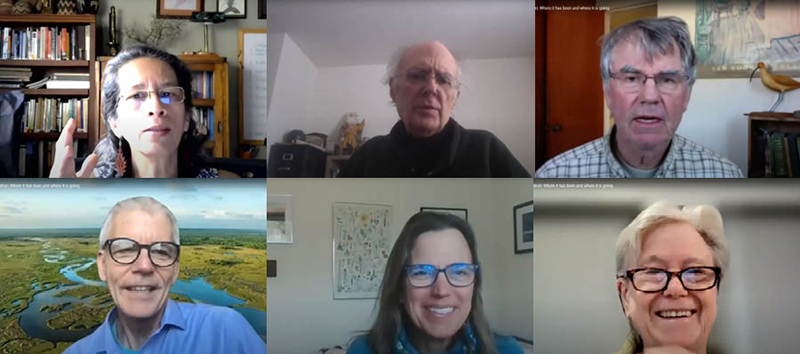
And what of the UN Decade on Ecosystem Restoration? What does it really entail, and how might it affect our work? We begin to examine these questions in the article It’s the Decade on Ecosystem Restoration. So What?
Although land management practices of many indigenous peoples were (and in many cases, still are) restorative, many people date the emergence of “ecological restoration” as a science and practice to the 1930s, when a very unique arboretum was established at the University of Wisconsin. In addition to amassing the kind of horticultural collections one would expect at a typical arboretum, the visionaries associated with the UW Arboretum (among them Aldo Leopold) sought to do something unheard of: reestablish native tallgrass prairie, savanna, forest, and wetland ecosystems. With labor provided by the Civilian Conservation Corps, they did just that. To this day, the Arboretum manages the oldest restored prairie. As author and University of Victoria professor Eric Higgs conveys in his essay Restoration’s Ambition, ecological restoration has come a long way since then, and it continues to evolve.
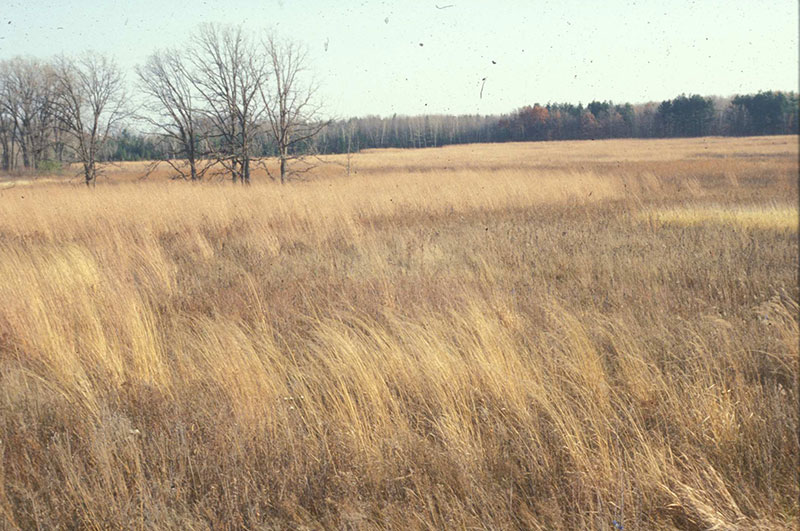
We’ve learned a lot in our own practice over the last 30 years, as we see in the evolution of ecological restoration approaches on the Anacostia River in Washington DC. In The Evolving Practice of Ecological Restoration along the Nation’s “Other” River, we examine how things have changed.
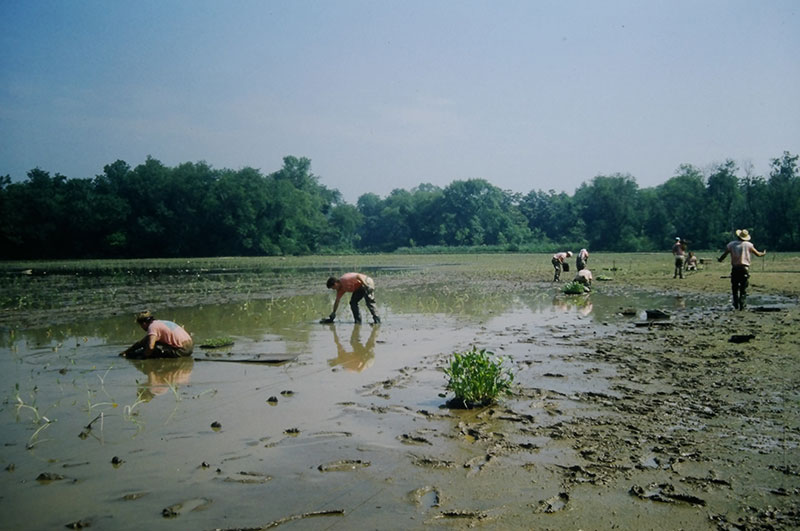
Ecosystem restoration projects are wide-ranging in scale and scope. In her new book, The Reindeer Chronicles and Other Inspiring Stories of Working with Nature to Heal the Earth, journalist Judith Schwartz showcases an array of ecological restoration efforts from all over the world that are strengthening climate and community resilience. Senior ecological planner, Jennifer Dowdell reviews the book, which illuminates the tensions between outdated economic models and the impacts of climate change.
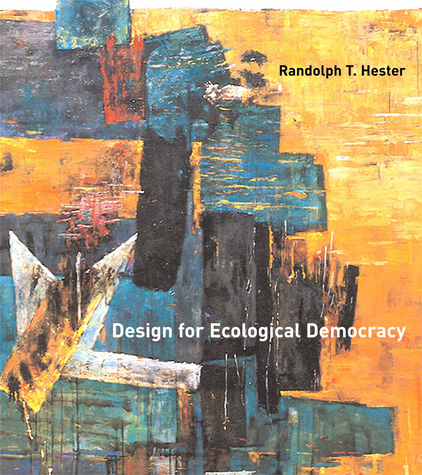
Speaking of outdated economic models, senior ecologist Joe Berg considers the impact of a new one—a worldwide restoration economy—in his article The Economic Benefits of Restoration: Solution to the World’s Problems?
Ecological restoration is serious work, and it is responding to some of the world’s most pressing challenges, but it is not without its lighter side. For a little Ecological Uplift, we share inspiration from two of tomorrow’s practitioners, along with a poem by Tanaira Cullens and a few chuckleworthy stories from the field.
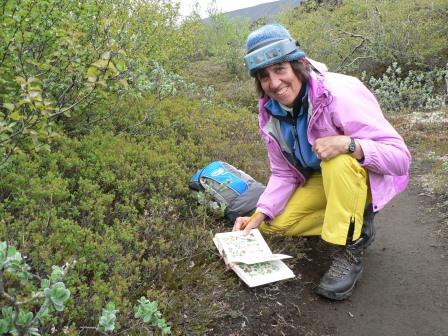
For those interested in further exploring ecological restoration’s past and future, we provide loads of Resources. We also share our latest news, along with updates on many of our current ecological restoration efforts, in Biohabitats Projects, Places, and People.
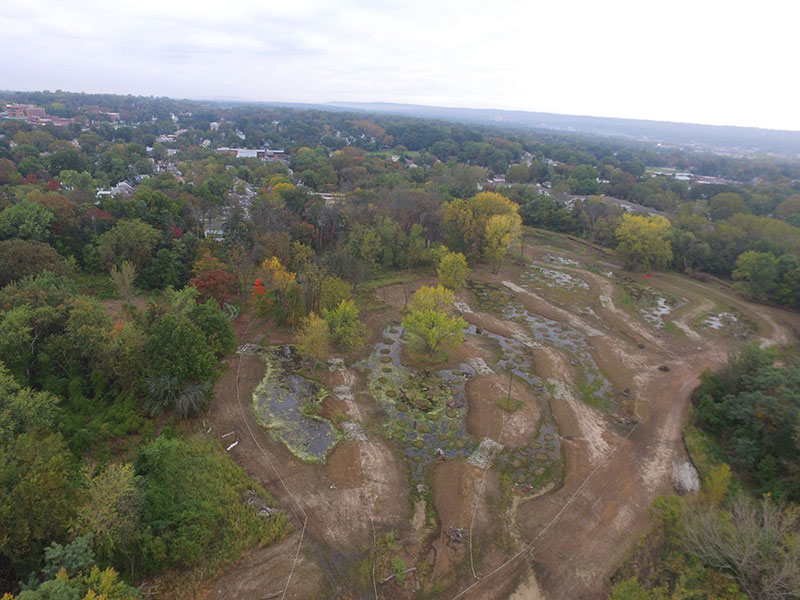
In the last five decades, ecological restoration has evolved from a pioneering practice that aimed to restore ecosystems to reference conditions to a tool that may present our greatest hope for saving the planet. As we move forward through a decade in which the work we all do is illuminated by a global spotlight, we invite you to join us in honoring its past and celebrating its future.
